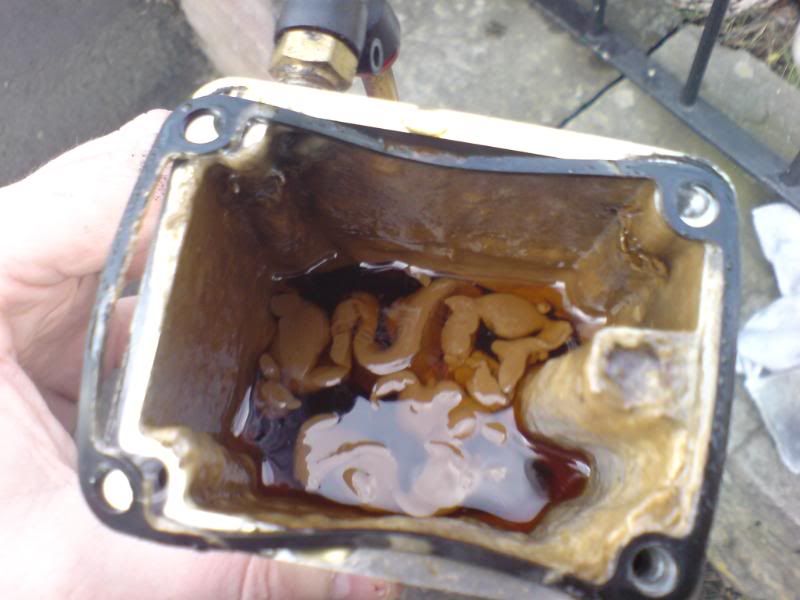Mines the same as above without the drain pipe back to sump.
Phil isnt Bill's going from the rocker cover?
Mines the same as above without the drain pipe back to sump.
Dave, the PCV valve is under the manidold looks like a T-piece and is prone to break and leak boost.

I was under the impression that you can fit a catch tank and keep the PCV system.
.

yes you can. but you also risk the PCV sucking the oily fumes into the intake as the vacuum from the inlet manifold draws the oily fume thru and thru the one way valve.
each to their own.
preventing crank pressurisation and keep it closed loop is main reason/emissions method of achieving it.
Bill, do you reckon that, by your method, the crankcase is 'flushed' sufficiently?
Flushed - no
ventillated so no crankcase pressure is created - yes
seperated from intake completely - yes
why flush? whats that actually doing?
I'm learning here - and I'll probably go ahead and fit mine just like yours.
I was just in reading up on PCV systems, it seemed that the designed intention was to circulate air through the crankcase to clear water vapour, and blow-by gases that would otherwise eventually damage internal surfaces.
The point I was trying to make was without the introduction of fresh air to mix with the blow-by gases, you've perhaps got a more contaminated situation in the crankcase that is only being vented through excess pressure.



